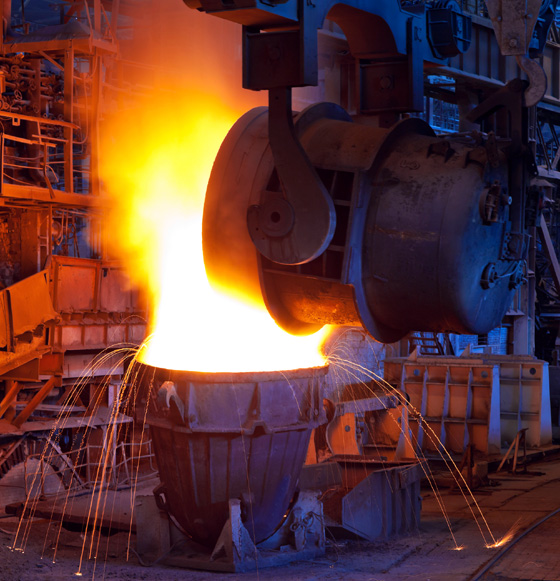Metal Buildings: Building Green for Future Generations
This series catalogs the reasons for choosing pre-engineered steel buildings.
In the first three parts of the series, we covered the rewards prefabricated metal buildings provide during design, construction, and use.
 The customer’s benefits are just part of the story of steel. Some of the greatest attributes and benefits of steel buildings begin at the end of the structure’s life.
The customer’s benefits are just part of the story of steel. Some of the greatest attributes and benefits of steel buildings begin at the end of the structure’s life.
Building Green with Pre-engineered Steel Buildings
Today it is more important than ever to think about the entire lifecycle of a structure. What are the consequences of using this building material? Does it have a positive— or negative— effect on the environment?
The first three articles in this series numerated 60 total reasons to choose pre-engineered steel buildings. Let’s continue the countdown with the reasons metal buildings are the greenest of all building materials and offer surprising environmental benefits:
61. Steel buildings last far longer than other building materials, extending the lifecycle of the building. The longer the building lasts, the less it impacts the environment.
62. Steel is 100% recyclable.
63. Steel is the most recycled material on the Earth. Eighty million tons of steel are recycled annually across North America.
64. Every ton of recycled steel saves 2.5 tons of iron ore, plus 1,400 pounds of coal, and 120 pounds of limestone.
65. Steel production actually requires recycled steel. Iron and steel producers have been recycling for over 150 years.
66. Steel can be recycled an infinite number of times without losing ANY of its strength. No other recyclable material can make that claim.
67. The average recycled content of structural steel is 77%. RHINO’s steel framing contains as much as 90.7% recycled steel.
68. Recycling steel is simpler and more economical than other materials. The magnetic properties of scrap metals allow them to be handled easily— and separated from the solid waste stream effortlessly— with large electromagnets.
69. Over 136 million tons of construction debris is dumped into straining U.S. landfills each year. Steel framing never needs to be discarded. Steel is sold for scrap and recycled to begin again as steel cans, bridges, ships, railroads, large appliances— or even another metal building.
70. Steel has the strongest strength-to-weight ratio of any building material— bar none.
71. Recent improvements in steel production make today’s steel stronger than ever before, allowing less steel to support greater weights. Building the Golden Gate Bridge today would take half as much steel as the original.
72. In the last 40 years, innovations in the steel industry decreased the amount of energy needed to produce a ton of structural steel by 34%.
73. Each year recycling steel saves enough energy to provide power to 18 million households.
74. Operating commercial structures sucks up huge amounts of energy. Insulating a RHINO steel building with the Pro-value Insulation system slashes heating and cooling costs as much as 50%. That is a tremendous energy reduction over the long life of the structure.
75. Building with steel saves trees. The more you choose steel buildings over wood framing, the more trees you save. Framing a typical 2,000 sq. ft. structure requires the lumber harvested from 40-50 trees. The recycled steel reclaimed from 4-6 junked automobiles could frame the same 2,000 sq. ft. structure.
76. Trees convert carbon dioxide into life-sustaining oxygen. The more living trees, the better our air quality.
77. It takes up over 100 years to grow a Douglas fir to maturity. Only 2 man-hours are needed to produce a ton of steel.
It is a no brainer…
Pre-engineered steel buildings are the best choice for today, tomorrow— and for our environmental future.
Go green. Go with steel for your next building project.
Pre-engineered steel buildings are excellent for:
- Barns and agricultural buildings
- Churches
- Commercial structures
- Hangars and aviation structures
- Industrial buildings and developments
- Leasing properties
- Recreational buildings
- Residential RV and boat garages, storage buildings, man-caves, hobby huts, and other auxiliary buildings
- Restaurants
- Retail spaces
- Self-storage facilities
- Warehouses and big-box stores
Call 940.383.9566 now for a free quote or for more details about RHINO Steel Building Systems.
Related Blogs:
